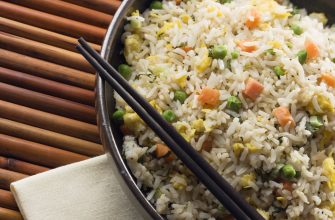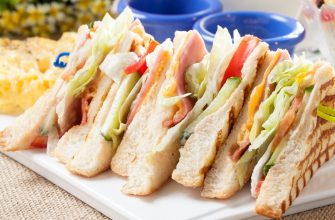Exploring Asian Sweets: A Taste of Tradition
Asia is home to a wide variety of traditional desserts and confections that are as diverse as the continent itself. From the delicate balance of flavors in Japanese sweets to the aromatic allure of Indian desserts, there’s a world of sweetness to discover. Let’s take a tour.
- Delicate Artistry of Japanese Wagashi
- India’s Rich and Flavorful Delights
- Sweet Harmony in Chinese Desserts
- A Journey Through Southeast Asian Desserts
- The Exotic Flavors of Middle Eastern Sweets
- Korean Desserts: A Balance of Sweet and Healthy
- Vietnamese Desserts: Simple and Refreshing
- The Sweet Side of Central Asia
Delicate Artistry of Japanese Wagashi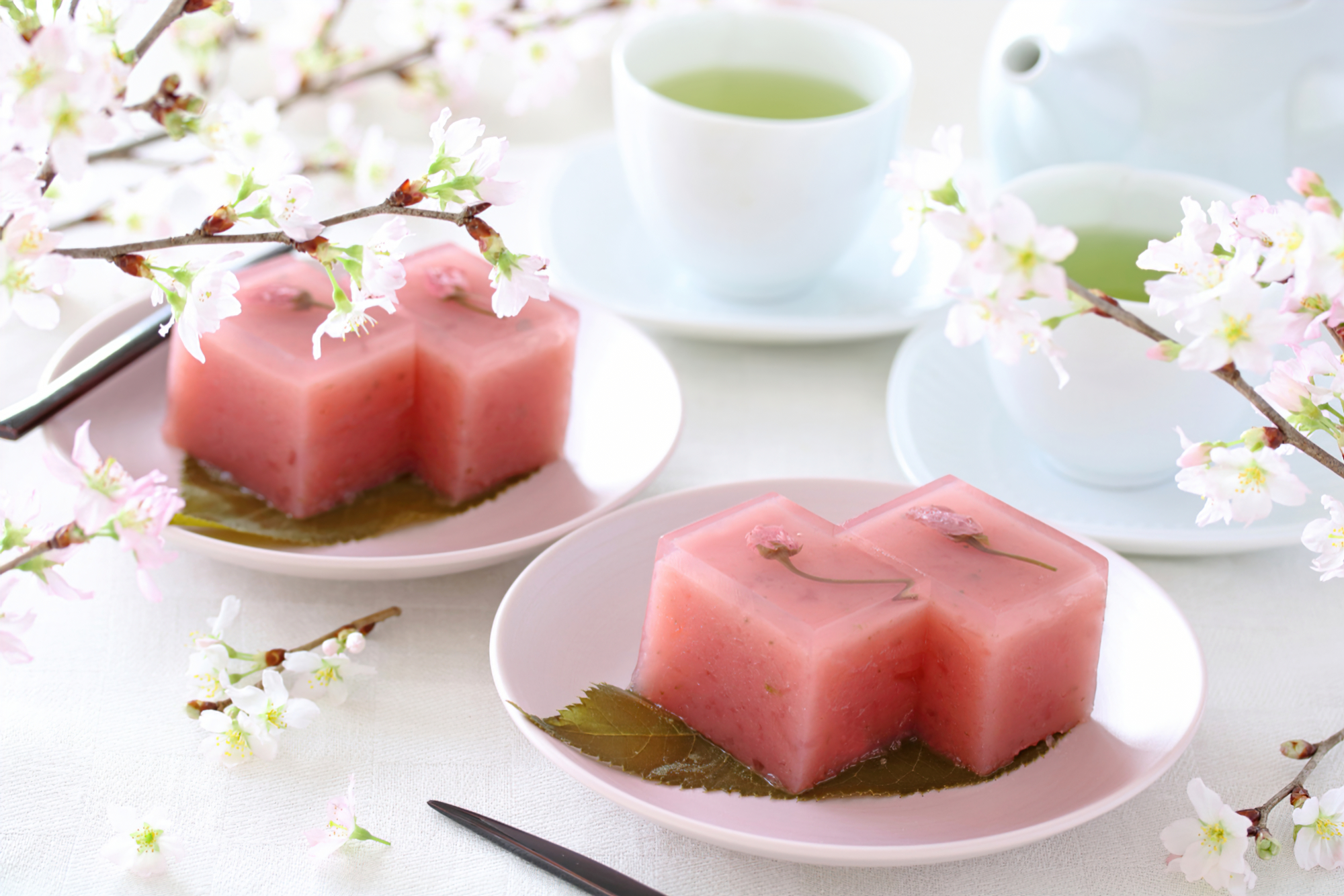
Wagashi is more than a dessert; it’s an art form. These traditional Japanese sweets often mimic natural shapes like flowers or leaves. A popular choice is ‘daifuku’, a soft, chewy mochi filled with sweet red bean paste. Another is ‘dorayaki’, a sweet pancake sandwich filled with the same red bean paste. Each bite of Wagashi is a harmonious blend of subtle sweetness and delicate textures.
India’s Rich and Flavorful Delights
Indian desserts are known for their rich flavors and aromatics. One such dessert is ‘gulab jamun’, deep-fried milk balls soaked in sweet syrup. Another is ‘jalebi’, a sweet and tangy dessert that’s fried and then soaked in sugar syrup. These sweets are often enjoyed with a cup of masala chai, a traditional spiced tea, for a satisfying end to a meal.
Sweet Harmony in Chinese Desserts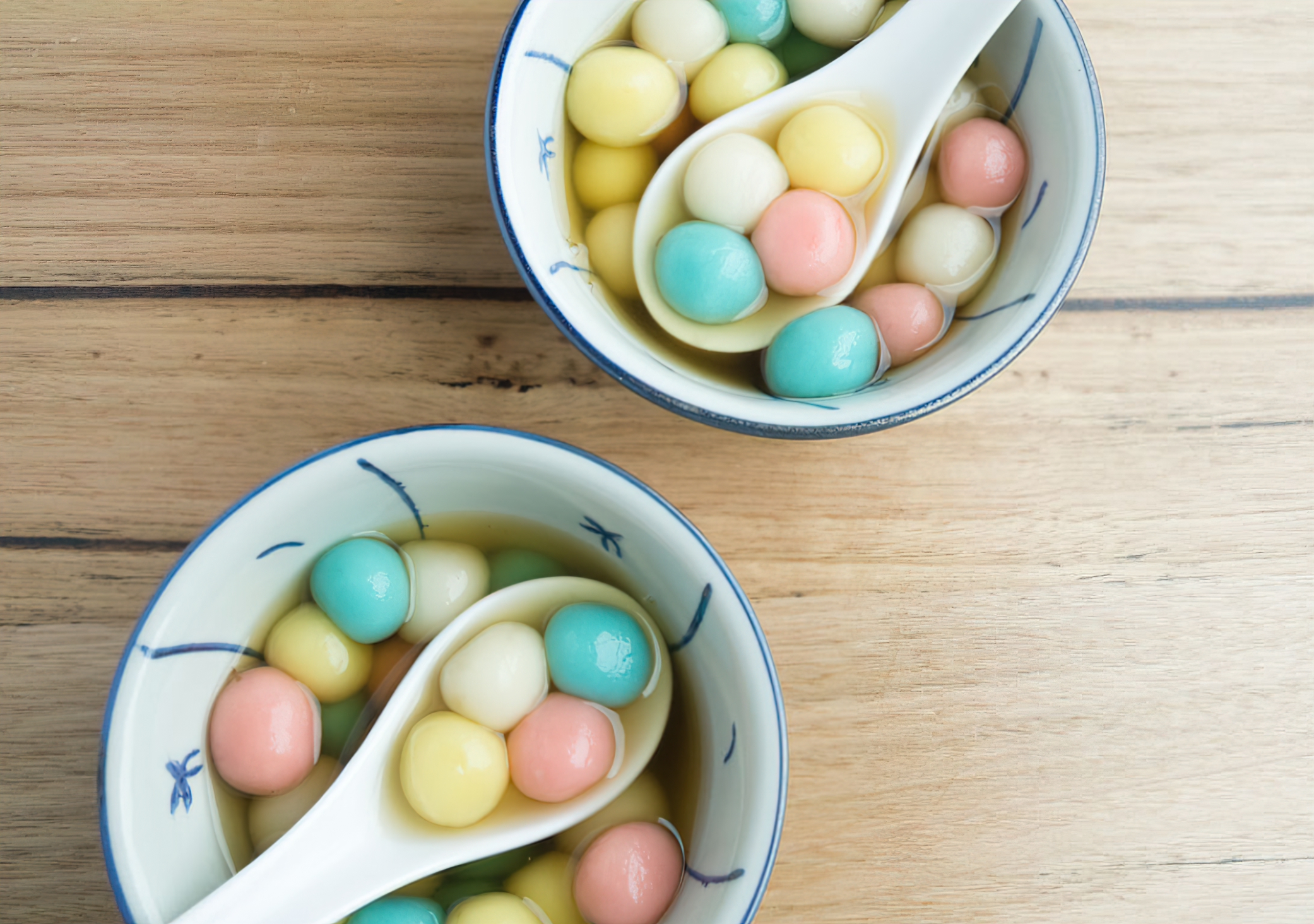
Chinese desserts often incorporate ingredients like red beans, lotus seeds, and glutinous rice. ‘Mooncakes’, enjoyed during the Mid-Autumn Festival, come with various fillings like red bean or lotus seed paste. Another is ‘tangyuan’, glutinous rice balls often filled with sweet sesame or peanut paste, enjoyed during the Lantern Festival.
A Journey Through Southeast Asian Desserts
The Southeast Asian region is known for its use of local fruits and coconut in desserts. ‘Mango sticky rice’ from Thailand is a must-try, where sweet ripe mangoes are paired with sticky rice and drizzled with coconut sauce. From the Philippines, ‘leche flan’, a creamy caramel custard dessert, is a beloved treat.
The Exotic Flavors of Middle Eastern Sweets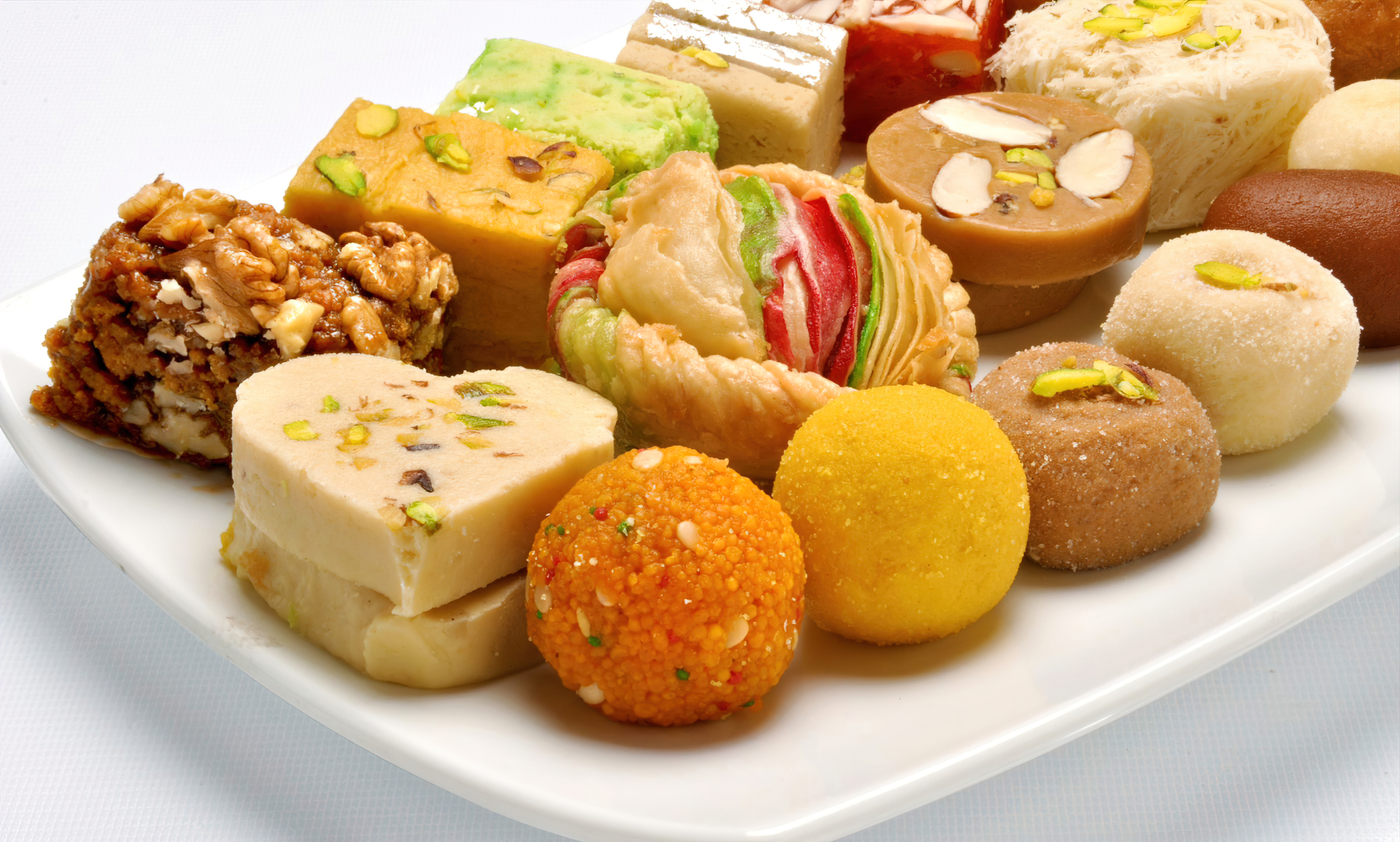
The Middle East is also a treasure trove of decadent sweets. Perhaps the most well-known is ‘baklava’, a flaky pastry layered with finely chopped nuts and soaked in honey. There’s also ‘halva’, a dense, sweet confection made from sesame paste or other nut butters, enjoyed across many Middle Eastern and North African countries.
Korean Desserts: A Balance of Sweet and Healthy
Korean sweets often feature ingredients like red beans, rice cakes, and fresh fruits. ‘Patbingsu’ is a popular dessert, especially during summer. It’s a mountain of shaved ice topped with sweet red beans, fruit, and condensed milk. Another is ‘tteok’, a chewy rice cake often filled with sweetened red beans or served with a sweet soy sauce.
Vietnamese Desserts: Simple and Refreshing
Vietnamese sweets often involve fruits, jelly, and coconut milk, creating refreshing treats that aren’t overly sweet. ‘Chè’ is a term for traditional Vietnamese sweet beverages, dessert soups or puddings. Ingredients range from mung beans to tapioca, fruit, and coconut cream, making for a light yet satisfying dessert.
The Sweet Side of Central Asia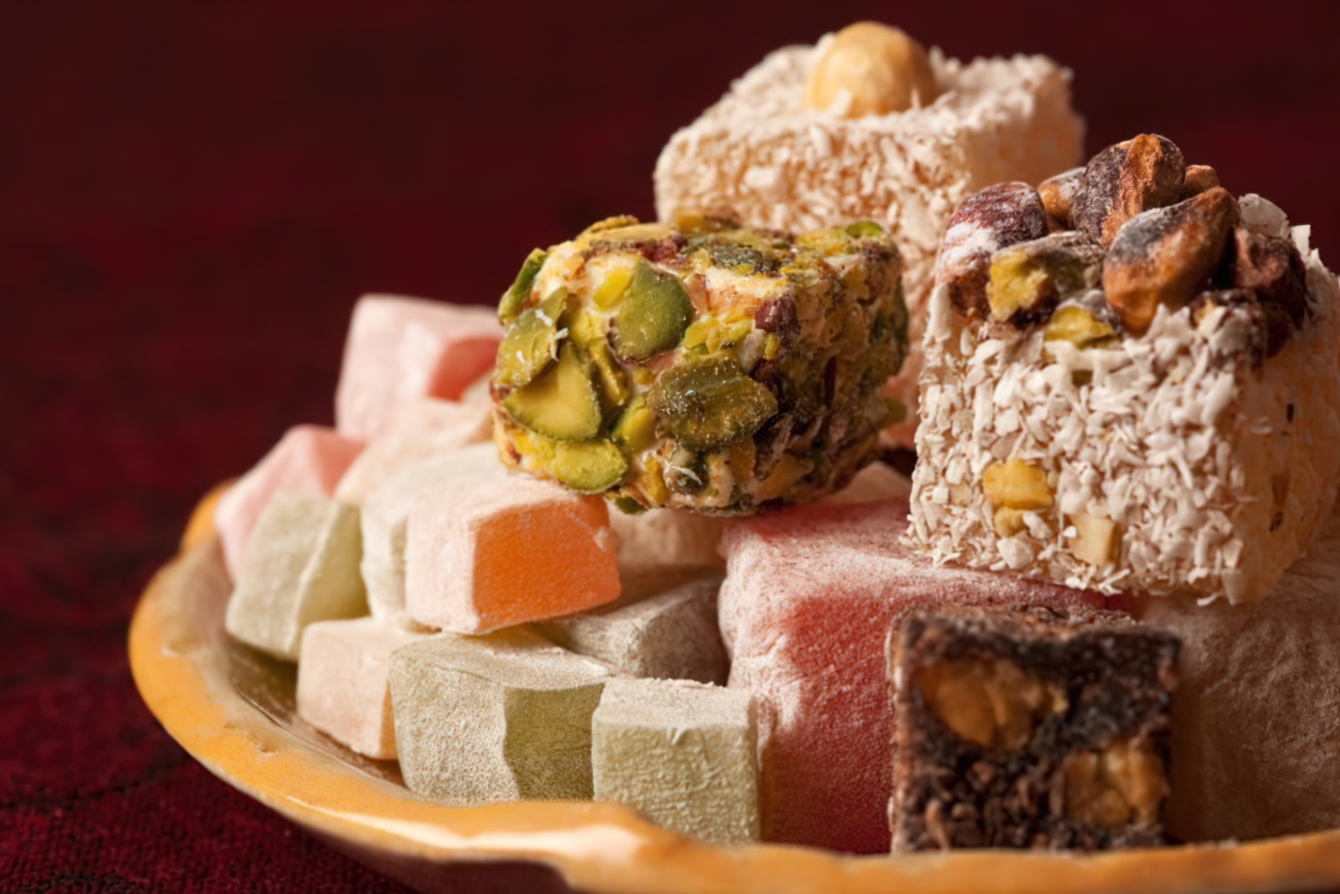
Moving to Central Asia, ‘halva’ is also popular here, though the recipe varies. In this region, it’s often made with sunflower seeds. Another beloved sweet is ‘chak-chak’, a Tatar dessert made of deep-fried dough drenched in hot honey syrup.
Each of these desserts is a testament to the rich cultural and culinary diversity of Asia. Trying these traditional sweets can provide a delicious insight into the history and heritage of these regions. So whether you’re a seasoned foodie or simply have a sweet tooth, exploring Asian desserts promises to be a satisfyingly sweet journey.
